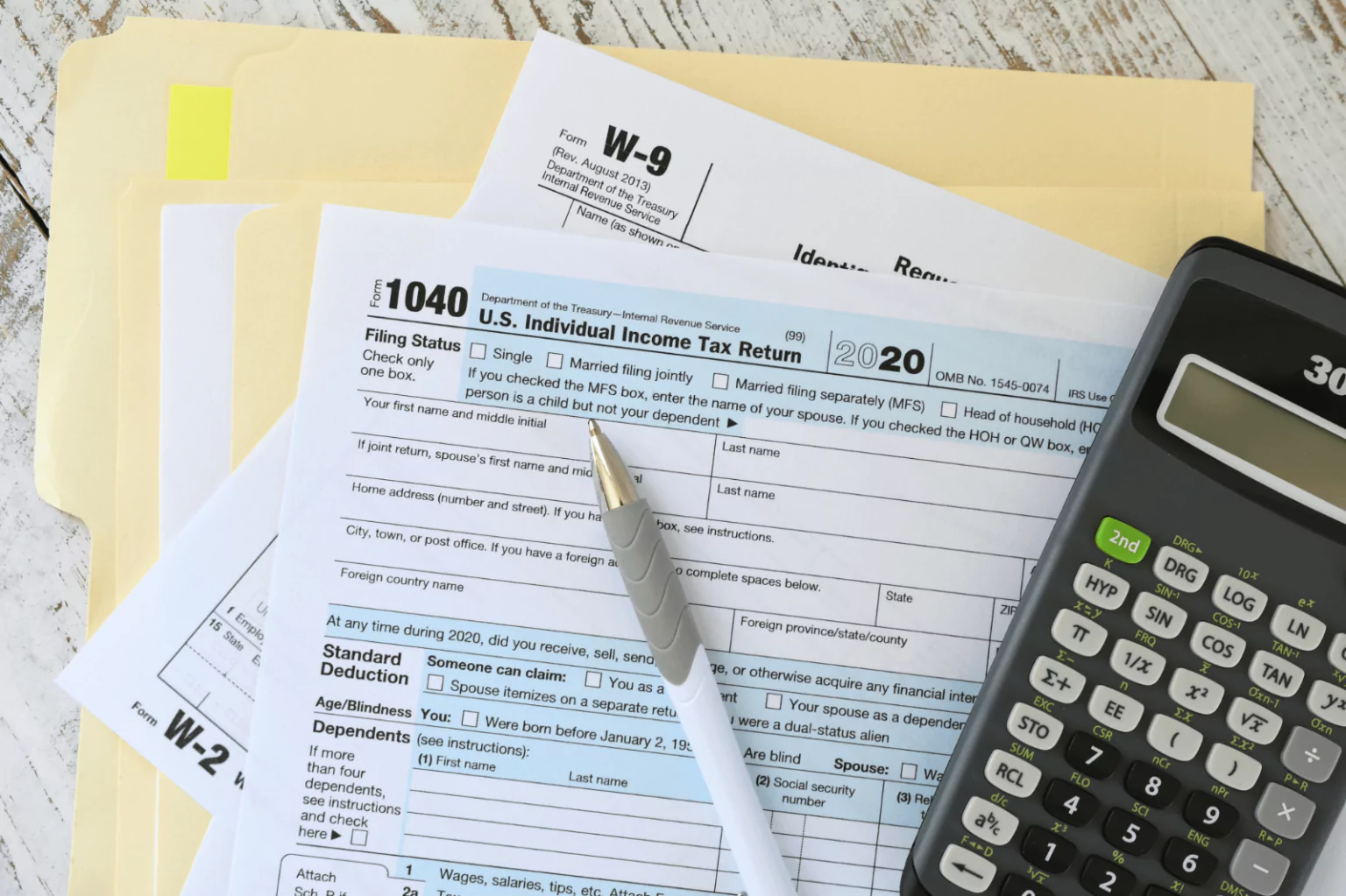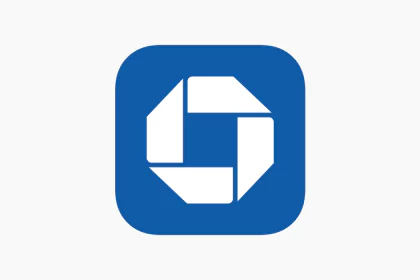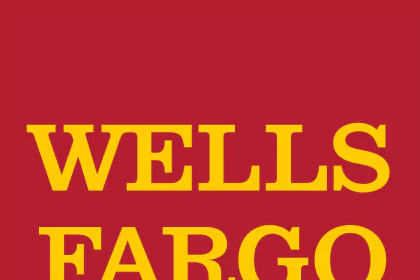Tax-related banking issues can be complex and overwhelming for consumers. With numerous regulations, varying tax implications on different financial products, and frequent changes in tax laws, it’s essential for consumers to stay informed and seek guidance from reliable sources. This article provides an in-depth look at tax-related banking issues using Bank of America, one of the largest banks in the United States, as an example. We’ll cover various topics, including tax reporting, deductions, tax-advantaged accounts, and strategies to minimize tax liabilities. This guide aims to provide readers with comprehensive and actionable information to navigate their tax-related banking concerns effectively.
Understanding Tax-Related Banking Issues
Tax Reporting Requirements
Tax reporting is a crucial aspect of managing finances, and banks play a significant role in this process. Bank of America, like other major banks, provides customers with necessary tax documents to report their income and expenses accurately. These documents include:
Form 1099-INT
This form reports interest income earned on savings accounts, CDs, and other interest-bearing accounts. Bank of America issues this form to customers who earn more than $10 in interest during the tax year.
Form 1099-DIV
For customers with investment accounts, this form reports dividend income and capital gains distributions. It’s essential for those who have dividend-paying stocks or mutual funds with Bank of America.
Form 1099-B
This form reports proceeds from the sale of securities. It includes details on the cost basis, sale price, and dates of purchase and sale, which are necessary for calculating capital gains or losses.
Form 1098
This form reports mortgage interest paid on loans serviced by Bank of America. It’s crucial for homeowners to claim mortgage interest deductions on their tax returns.
Leveraging accounts with tax benefits, such as IRAs and HSAs, can lower your taxable income now and in the future, offering substantial tax savings.
Form 5498
This form reports contributions to individual retirement accounts (IRAs). Bank of America provides this form to customers who contribute to traditional or Roth IRAs, highlighting the contributions made during the year.
Tax Deductions and Credits
Tax deductions and credits can significantly reduce a taxpayer’s liability, and understanding which banking products and activities qualify for these benefits is essential.
Mortgage Interest Deduction
Homeowners with a mortgage from Bank of America can deduct the interest paid on their loan, subject to IRS limits. This deduction can lead to substantial tax savings, especially in the early years of a mortgage when interest payments are higher.
Student Loan Interest Deduction
Customers with student loans serviced by Bank of America can deduct up to $2,500 of interest paid annually. This deduction is available even if the taxpayer does not itemize deductions.
IRA Contributions
Contributions to a traditional IRA can be deducted from taxable income, reducing overall tax liability. Bank of America offers various IRA options, and customers should be aware of contribution limits and deadlines to maximize their deductions.
Health Savings Account (HSA) Contributions
Bank of America offers HSAs, which allow customers to save for medical expenses with pre-tax dollars. Contributions to an HSA are tax-deductible, and the funds grow tax-free if used for qualified medical expenses.
Education Credits
Customers with education savings accounts, such as a 529 plan offered by Bank of America, may qualify for education credits like the American Opportunity Tax Credit or the Lifetime Learning Credit. These credits can offset the cost of higher education expenses.
Tax-Advantaged Accounts
Tax-advantaged accounts are financial products that offer tax benefits to encourage saving for specific goals. Bank of America provides several tax-advantaged accounts to help customers minimize their tax liabilities.
Individual Retirement Accounts (IRAs)
Bank of America offers both traditional and Roth IRAs. Contributions to traditional IRAs are tax-deductible, while withdrawals during retirement are taxed as ordinary income. Roth IRA contributions are made with after-tax dollars, but qualified withdrawals are tax-free.
Health Savings Accounts (HSAs)
HSAs are designed to help individuals save for medical expenses. Contributions are tax-deductible, and withdrawals for qualified medical expenses are tax-free. Bank of America provides HSA options with competitive interest rates and investment opportunities.
529 College Savings Plans
These plans allow customers to save for future education expenses with tax-free growth. Withdrawals for qualified education expenses are also tax-free. Bank of America offers 529 plans with various investment options to suit different risk tolerances and time horizons.
Coverdell Education Savings Accounts (ESAs)
ESAs provide another option for saving for education expenses. Contributions are not tax-deductible, but the earnings grow tax-free, and withdrawals for qualified expenses are also tax-free. Bank of America offers ESAs with flexible investment choices.
Minimizing Tax Liabilities
There are several strategies that consumers can use to minimize their tax liabilities, many of which involve leveraging banking products and services offered by institutions like Bank of America.
Tax Loss Harvesting
This strategy involves selling investments that have lost value to offset capital gains from other investments. Bank of America’s investment advisors can help customers implement tax loss harvesting strategies to reduce their taxable income.
Maximizing Retirement Contributions
Contributing the maximum allowable amount to retirement accounts, such as 401(k)s and IRAs, can significantly reduce taxable income. Bank of America provides tools and resources to help customers plan and maximize their retirement contributions.
Utilizing Employer Benefits
Many employers offer benefits like Flexible Spending Accounts (FSAs) and Dependent Care Assistance Programs (DCAPs) that provide tax advantages. Bank of America can help customers understand and utilize these benefits to reduce their taxable income.
Careful planning of retirement withdrawals can minimize tax impacts and help retirees effectively cover their financial requirements.
Charitable Contributions
Donations to qualified charitable organizations are tax-deductible. Bank of America offers services to facilitate charitable giving, including donor-advised funds and direct donation options.
Strategic Withdrawal Planning
For retirees, planning the timing and amount of withdrawals from retirement accounts can help manage tax liabilities. Bank of America’s financial advisors can assist customers in creating a withdrawal strategy that minimizes taxes while meeting their financial needs.
Conclusion with resources
Navigating tax-related banking issues requires a thorough understanding of tax laws, financial products, and strategic planning. Bank of America offers a wide range of services and products that can help customers manage their tax liabilities effectively. By leveraging tax-advantaged accounts, maximizing deductions and credits, and utilizing strategic financial planning, consumers can minimize their tax burden and achieve their financial goals. This guide provides a comprehensive overview of the key tax-related banking issues and strategies, helping readers make informed decisions and optimize their tax situations.
For more information, visit Bank of America’s resources on tax-related banking issues:
- Bank of America’s Tax Center: https://www.bankofamerica.com/deposits/manage/tax-statements/
- Retirement Planning: https://www.bankofamerica.com/investments/retirement/
- Health Savings Accounts: https://www.bankofamerica.com/smallbusiness/hsa/












